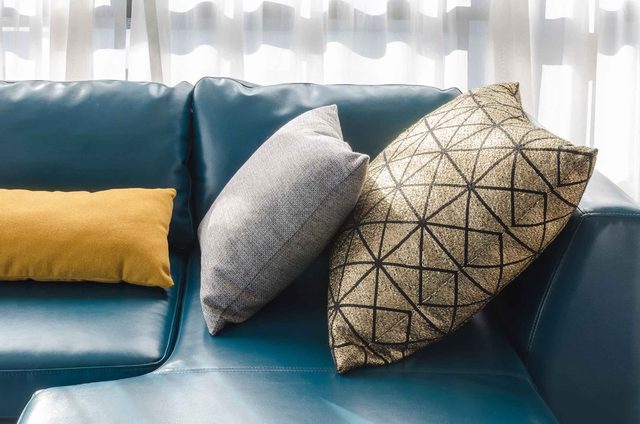
Follow this throw pillow equation
To accent your couch, place two 20-inch-square pillows in a matching bold pattern in the corners. Overlap them with two 16-inch pillows in a coordinating solid color. Add one lumbar pillow with a subtle pattern (like a pinstripe) for balanced design.
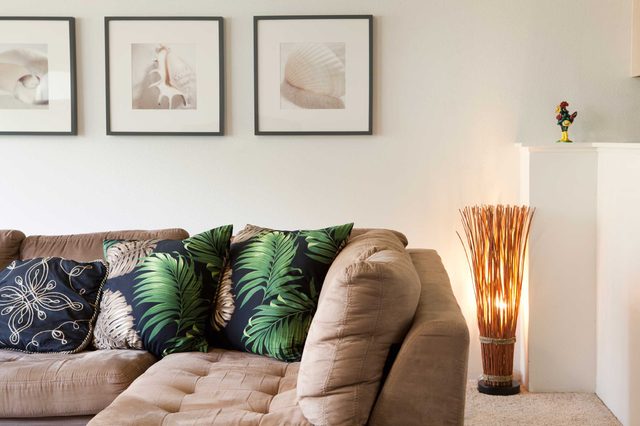
Hang artwork at the right height
Most people hang artwork too high. Place a piece so its bottom is only three to eight inches above furniture—lower for large pieces and slightly higher for small pieces. When there’s too much space between furniture and a painting, the eye rests on the void, blank wall between the two pieces.
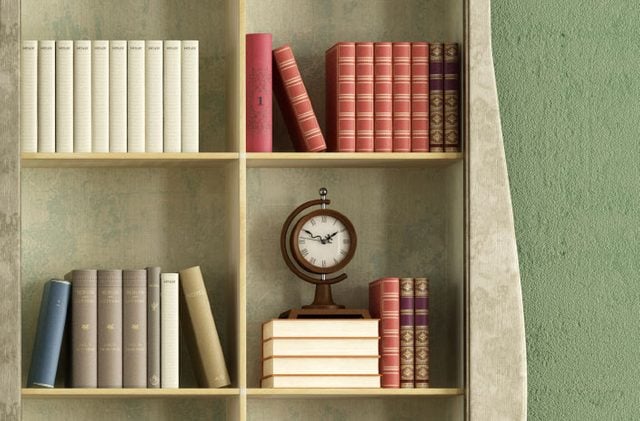
Rearrange the bookshelves
Organize 60 percent of books vertically and 40 percent horizontally on the shelves. This creates balance yet spontaneity (and shows off the back of the bookshelf if it’s lined with a decorative fabric). Stack horizontal books lower than vertical ones: If the vertical books are 12 inches tall, place three to four books horizontally up to four inches high. Add green plants to soften the bookshelf, but avoid flowers, which can look cluttered and distracting.
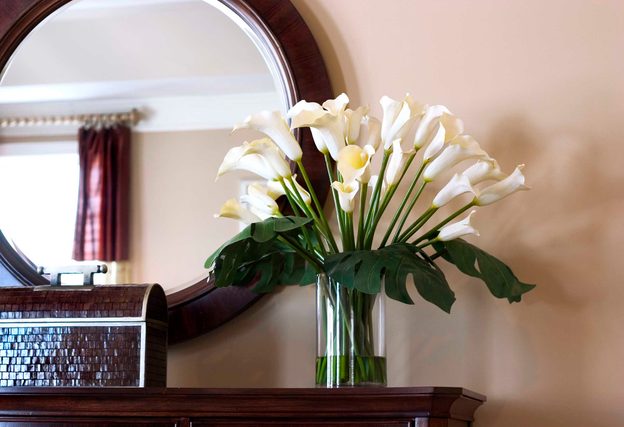
Create space with the right mirror placement
Mirror, mirror, on the wall: What is the best placement of them all? Centered at about 57 inches high, experts say. This is an easy, strain-free eye level for most people. To create the illusion of more space, mount a mirror opposite a window to bounce light.
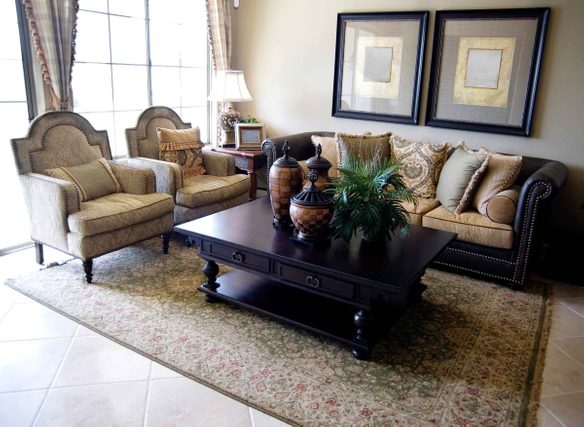
Place a rug based on its size
The size of the rug—say, for under the coffee table—will dictate how you arrange furniture around it. With an eight-by-ten-foot rug, situate the sofa and any chairs so that the front legs of each are somewhere on the rug but the back legs are not. With a five-by-eight-foot rug, keep the sofa completely off, but still place the front legs of the chairs on it. In a large family room, use two rugs to create two separate living areas.
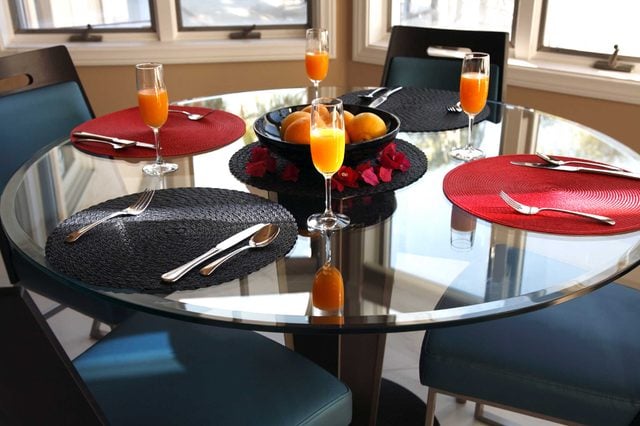
Measure dining tables before you buy
In the market for a new one? Make sure it’s wider than 36 inches. This allows room to eat, even when the center of the table is filled with serving dishes and centerpieces. Tight on space? Consider a round table. It fits well into a small corner and, with no edges, offers more eating space.
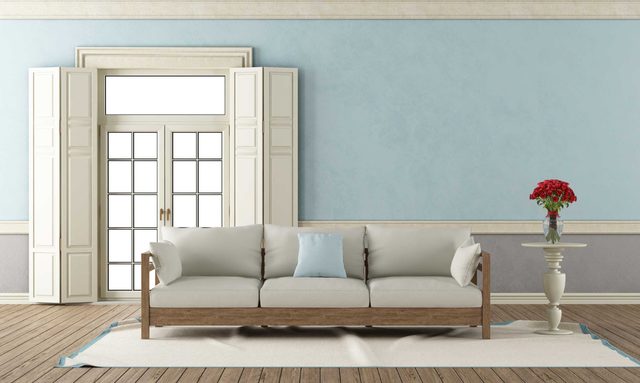
Follow this go-to color scheme
When choosing a color palette, assign 60 percent of the room a dominant color, 30 percent a secondary color, and 10 percent an accent color. In a classic room setting, this may translate to designating walls the dominant color, upholstery the secondary color, and a floral arrangement or pillows the accent color. If you have a nice view outside, frame it by painting the interior window trims a dark color.
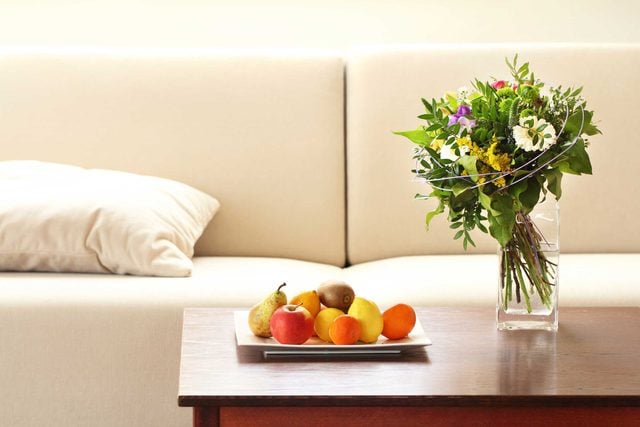
Want a new coffee table? Check these measurements
Because couch seats today are typically about 20 inches high for easy sitting and standing, the ideal coffee table is 15 to 20 inches tall. Situate it 18 inches from the sofa; this is the average distance from a person’s hip to kneecap (people usually sit perched on sofas in living rooms). In a casual family room, 18 inches gives space for lounging and comfortably walking around the furniture. Choose a coffee table that’s two thirds as wide as the sofa.
Sources: Bryan Sloan, owner of Sloan Interiors and senior adjunct professor at California College of the Arts; Susan Morgan, American Society of Interior Designers board member and principal designer of Susan Morgan Interiors; hgtv.com; apartmenttherapy.com; Real Simple; houzz.com, thedecorologist.com